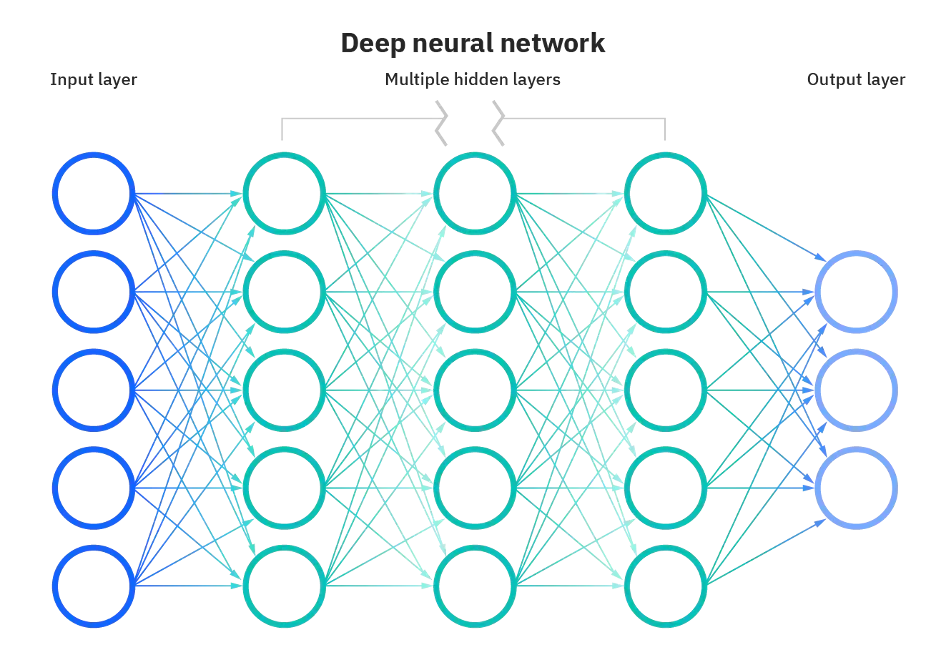
In the world of computers and smart technology, two important things to know about are deep learning and neural networks. These are like the brains behind many smart systems we use every day, such as voice assistants like Siri or Alexa, and image recognition in social media apps. But what exactly are they, and how are they different? Well, think of neural networks as the basic building blocks, kind of like Lego bricks, and deep learning as the big, complex structures we can build with those bricks. While neural networks are like simple puzzles, deep learning is like solving a much bigger and trickier puzzle. Understanding these concepts helps us see how smart technology works and how it's changing the world around us. So, let's dive in and unravel the mysteries of deep learning and neural networks!
Deep Learning:
Deep learning stands as a subset of machine learning, distinguishing itself by its utilization of neural networks comprising multiple layers. The term "deep" in deep learning refers to the considerable depth of these neural networks, often comprising numerous hidden layers between the input and output layers.
Characteristics of Deep Learning:- Automated feature extraction: Deep learning algorithms autonomously identify and extract relevant features from raw data, eliminating the need for manual intervention.
- Scalability: Deep learning thrives on large datasets, enabling robust analysis and pattern recognition across diverse domains.
- Complex task handling: Deep learning excels in tackling intricate tasks such as natural language processing, image recognition, and autonomous driving due to its capacity for hierarchical learning.
Neural Networks:
Neural networks, also known as artificial neural networks (ANNs), serve as the fundamental building blocks of deep learning algorithms. Inspired by the human brain's structure, neural networks consist of interconnected nodes organized into layers.
Key Aspects of Neural Networks:- Mimicking brain functionality: Neural networks simulate the interconnectedness of neurons in the brain, with each node processing and transmitting information.
- Layered architecture: Neural networks comprise an input layer, one or more hidden layers, and an output layer, with connections between nodes facilitating information flow.
- Training and learning: Neural networks learn from labeled training data, adjusting connection weights and thresholds through processes like backpropagation to optimize performance.
Distinguishing Deep Learning from Neural Networks:
While deep learning encompasses neural networks within its framework, the distinction lies in the depth and complexity of the neural network architectures employed. A neural network becomes part of the realm of deep learning when it comprises multiple hidden layers, enabling it to handle intricate tasks and process vast amounts of data with high accuracy.
Visualization:
Input Layer --> Hidden Layer(s) --> Output Layer
Comparison between Deep Learning and Neural Networks:
| Aspect | Deep Learning | Neural Networks |
|---|---|---|
| Structure | Consists of multiple layers of neural networks | Basic building blocks of deep learning algorithms |
| Learning Capability | Capable of hierarchical learning and automated feature extraction | Learn from labeled training data, adjusting connection weights and thresholds |
| Complexity | Handles intricate tasks like natural language processing and image recognition | Simulates interconnectedness of neurons in the brain |

Your blog explains Deep Learning and Neural Networks in simple terms, helping everyone understand how they work and why they're important in technology
ReplyDelete